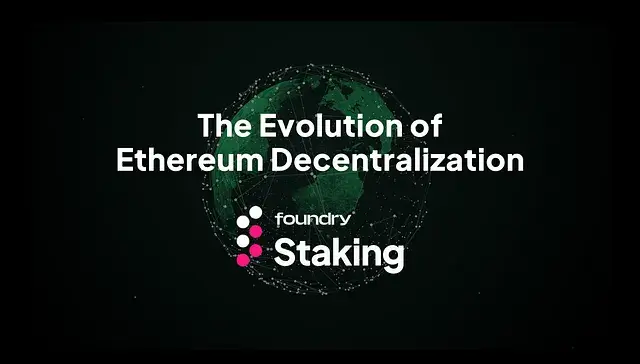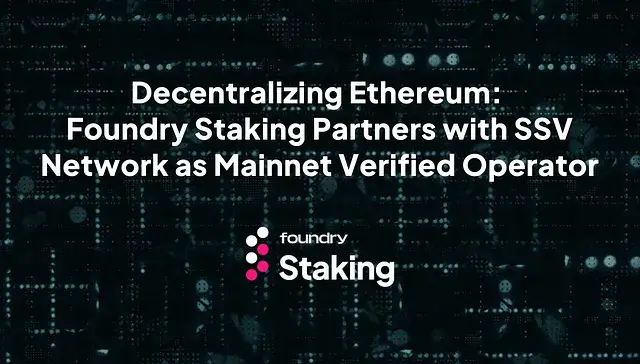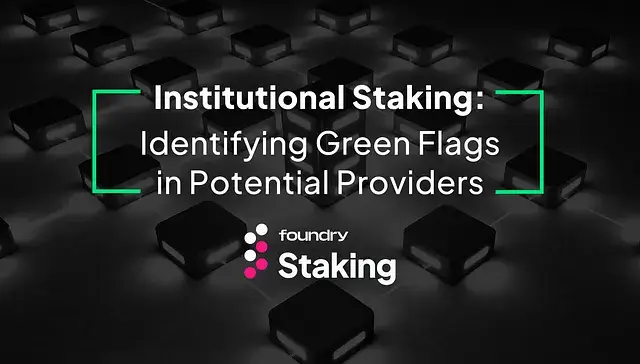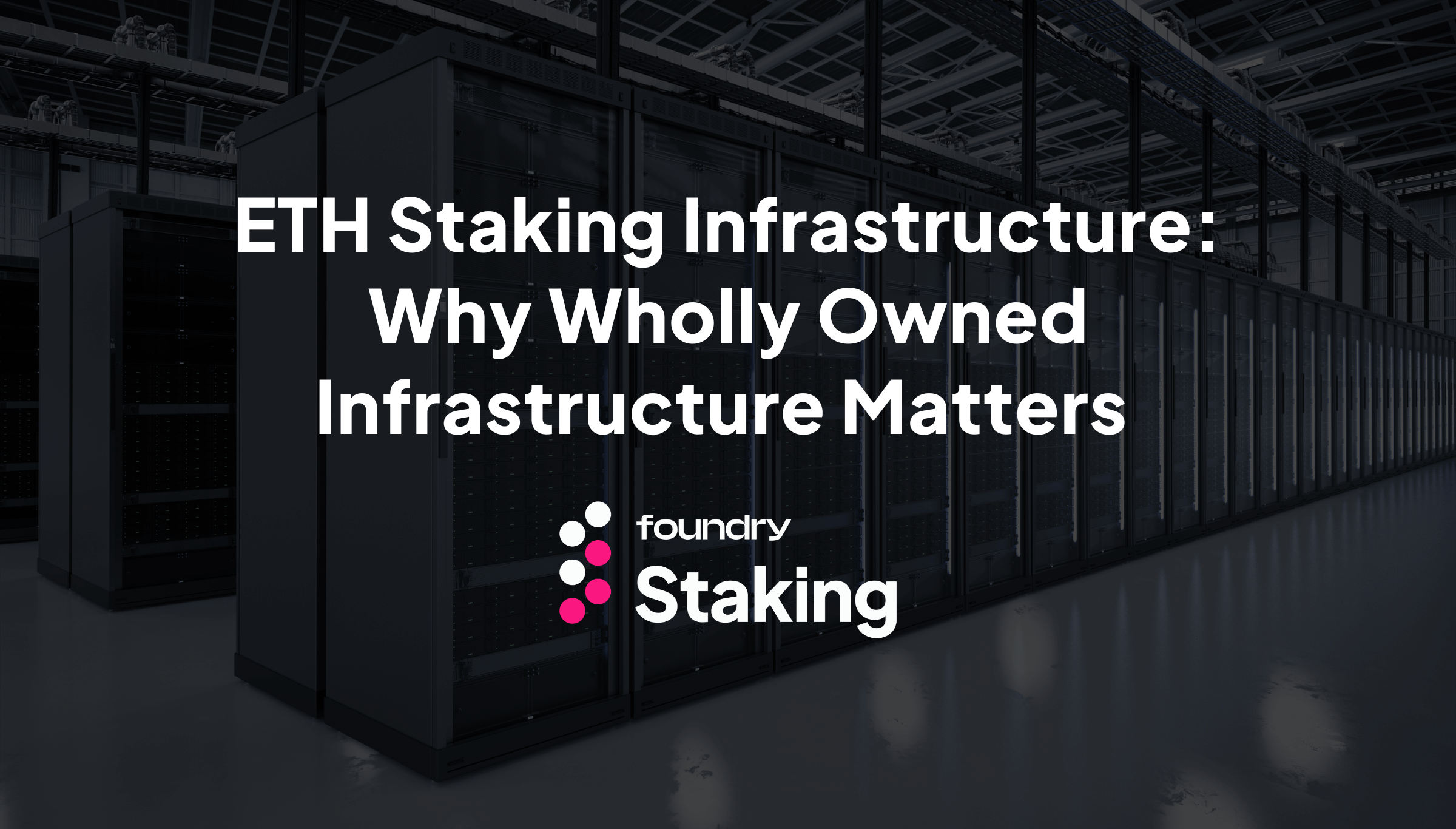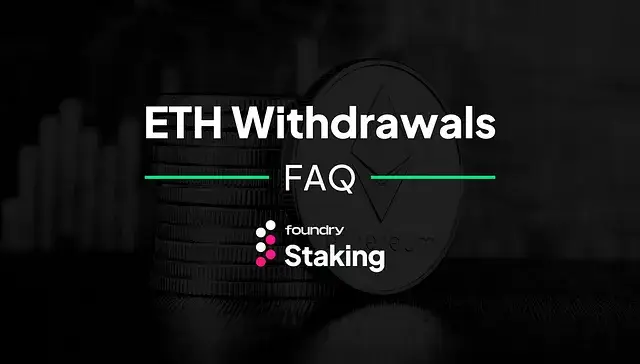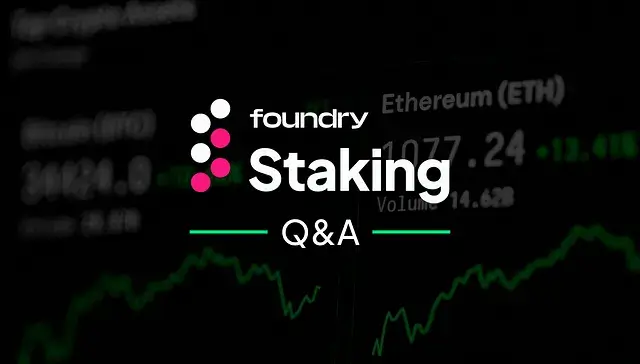
Your trusted partner for crypto staking.
Foundry Digital® creates custom staking solutions rooted in safety and security. Our best-in-class staking infrastructure and supporting protocols further our mission of empowering a decentralized infrastructure as we work to make proof-of-stake networks more accessible.
We Work With
Venture Capitals
Exchanges
Hedge Funds
Custodians
Banks
Foundations & Treasuries
FinTech
Wallet Providers
Liquid Staking Providers
Family Offices
DAOs
Stake your ETH with Foundry
Our dedicated ETH staking team provides non-custodial solutions built for customer success.
Why choose Foundry Staking?
Institutional-grade crypto staking services for enterprise-level businesses.
Secure
Scalable infrastructure built with security in mind. We operate tier 4 and 5 bare metal data centers to enable large industrial deployments and remove the risk of cloud services.
Trusted
Built by the same team that runs the largest Bitcoin mining pool in the world. Our solutions are backed by industry veterans who are passionate about the ecosystem.
Customer-Focused
We pride ourselves on creating high-quality staking experiences for customers. Our priority is ensuring your needs are met each step of the way.
Self-Staking
We’ve got skin in the game as one of the few self-staking companies on the market. Our unique insights into the customer journey drive the success of our industry-leading solutions.
Supported Protocols
Foundry Digital® supports many top crypto staking protocols, offering greater flexibility and diversification for institutional stakers.
Ready to Stake?
Don’t let your ETH sit idle. Stake with Foundry Digital®.
Start staking with Foundry Digital™.
Related Blog Posts
